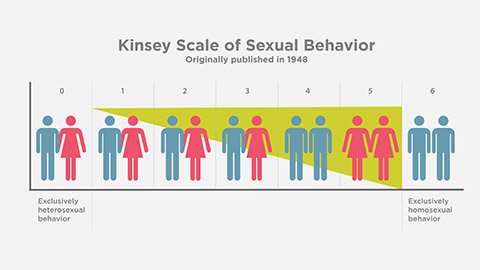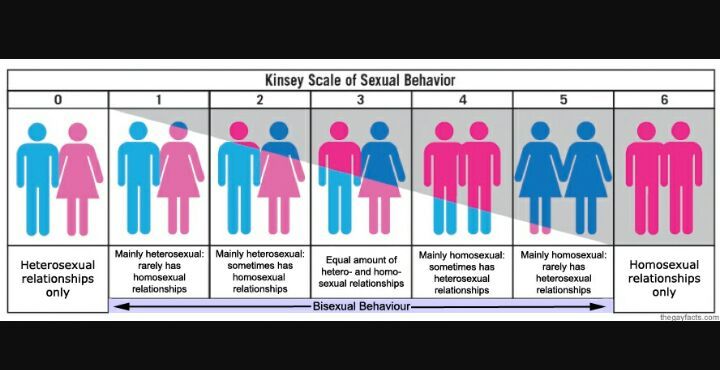


Unofficial Kinsey Scale test (an official test does not exist, according to the Kinsey Institute) IDRLabs While these “labels” can help us better understand ourselves, they are by no means set in stone. “Many persons do not want to believe that there are gradations in these matters from one to the other extreme.” – Sexual Behavior of the Human Female, 1953. It’s safe (and wonderful) to say that we have come a long way since the 1950’s. Sexuality and sexual orientation have become more widely talked about, accepted, and even respected. There are still many areas of the world where people are punished for simply existing as who they are and loving who they love, but the best thing we can do as a society is to adapt and evolve with the spectrum.

In the spirit of adapting and growing, here is a breakdown of some lesser-known orientations along the sexuality spectrum.Īutosexuality is the idea of being sexually attracted to yourself. Autoromantic describes the notion of being in a romantic relationship with yourself.Īutosexuality can mean being turned on by your own look, being excited to spend time alone rather than with a significant other, and/or masturbating to the idea of yourself.ĭr.

Jess O’Reilly, a sex and relationship expert, suggests that we may all be “a shade of autosexual,” with some people using it to define themselves and others shying away from it due to body shaming. While autosexuality is often used synonymously with narcissism, Dr. O’Reilly believes otherwise: “ is a feeling you require to even consider having sex, and for many of us, our core erotic feeling involves feeling sexy and feeling desired. O’Reilly goes on to question: “Can’t we give ourselves permission to feel arousal in response to our own body?”ĭemisexual (compared to Graysexual and Asexual) You might have an outside source who conveys that desire or it may even be within yourself.”ĭr.


 0 kommentar(er)
0 kommentar(er)
